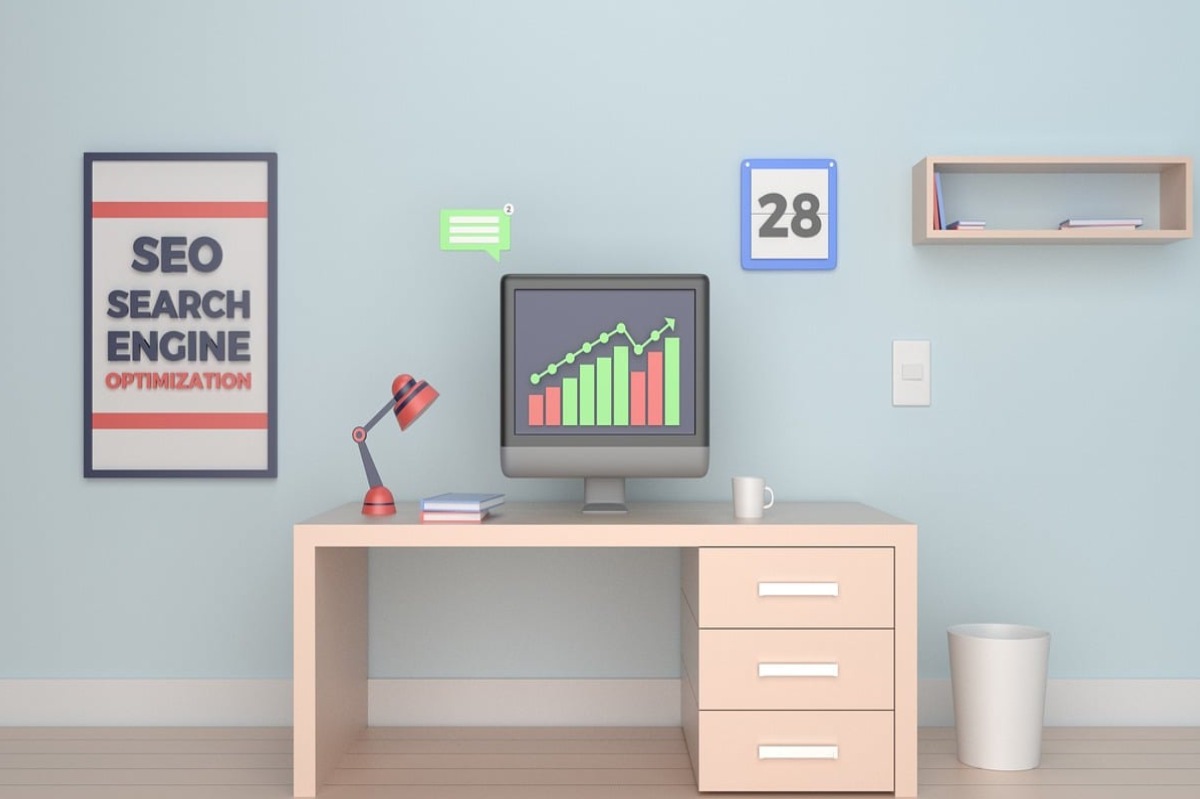Do you know about advertising on Facebook and how it works? Just like Google has the ” Google AdWords ” platform to manage SEM advertising ads, FACEBOOK has its “Facebook Ads” platform from which you can create and manage advertising campaigns to impact this social network’s users.
Advertising on Facebook would be the equivalent in AdWords to Display Advertising; that is, it is not direct advertising that appears after users’ active search but is shown to them when they are browsing the social network.
These campaigns have a structure very similar to those of Google AdWords: each campaign is made up of ad sets, and these, in turn, are made up of different ads:
Campaign > Ad Set > Ads
There are different types of ads that you can create depending on the objectives you pursue (visits to your website, “likes” to a Facebook page, participation in a certain event, interactions with a publication,…).
You can configure these ads to be displayed on the right side:
Or as a page post (this way, the announcements will appear as one more post on the user’s news post wall):
This platform is becoming easier to use and is more accessible so that anyone who wants to advertise on Facebook with a reduced investment can do so.
To start using it and posting your ads, you have to associate a profile (that we already have or create exclusively for this purpose) with a Facebook ads account.
Once we have the Facebook profile, we must visit the page www.facebook.com/advertising and click “create an ad.”
From here, we must complete the different process steps:
- Select an objective that we want to achieve from among the options that Facebook gives us
- Complete the different phases of the new account and campaign setup process:
Images: the ideal is to design a series of different banners to be used in the ads, whose sizes can be:
- For the News Section: 560×292 pixels (this size will be compatible with both the mobile and computer news sections).
For Side Part Ads: 100×72 pixels.
- Create the ads: we must create the title and text of the ad, and depending on the objectives we have previously configured, in this part, we can also choose or create a Facebook page (to which to allocate the ads) and other advanced options.
- Segmentation of the target audience: this part of the process allows us to choose from many segmentation options. We can select our target audience segmented by geographic location, age, sex, languages, interests, behaviour, etc. This is one of Facebook’s most powerful options since it has extensive information about users, which allows us to “tune” a lot when deciding who to show our ad.
- Account and Campaign Settings: Below are fields for the basic account settings. You must choose the country, currency, and time zone. Regarding the campaign, we must give a name to the first of our ad sets (including the ad we have created) and choose the daily budget to invest for the said set. You can also choose a start and end date.
- Selection of Bids and Price: in this last point, the bid modality is decided: you can choose, as in AdWords, between CPC (cost per click) or CPM (cost per impression).
Like SEM, Facebook also allows you to optimize your bid for more clicks or manually set it.
Once all the steps are completed, click on “Place Order.” The next window will be to choose the payment method for our investment. Facebook gives three possibilities:
- Credit or debit card: Visa or Mastercard
- PayPal
- direct debit
This last option refers to payment by direct debit, and if we choose it, we must send the document generated after filling in our data, signed, to the email address they provide. It is important to send this document in PDF format since, in image format, the reception of the shipment does not detect it.
Once the payment method is authorized, the campaign will be ready to be published. The “Multiple Publisher” tool, which you can find within the administration panel of your account, can help you create new campaigns, ad sets, and ads.
We recommend combining different segmentations (for example, men and women) and making variations in the texts and images of the ads.
Also Read: Eight Tips For An Effective Facebook Marketing Strategy



